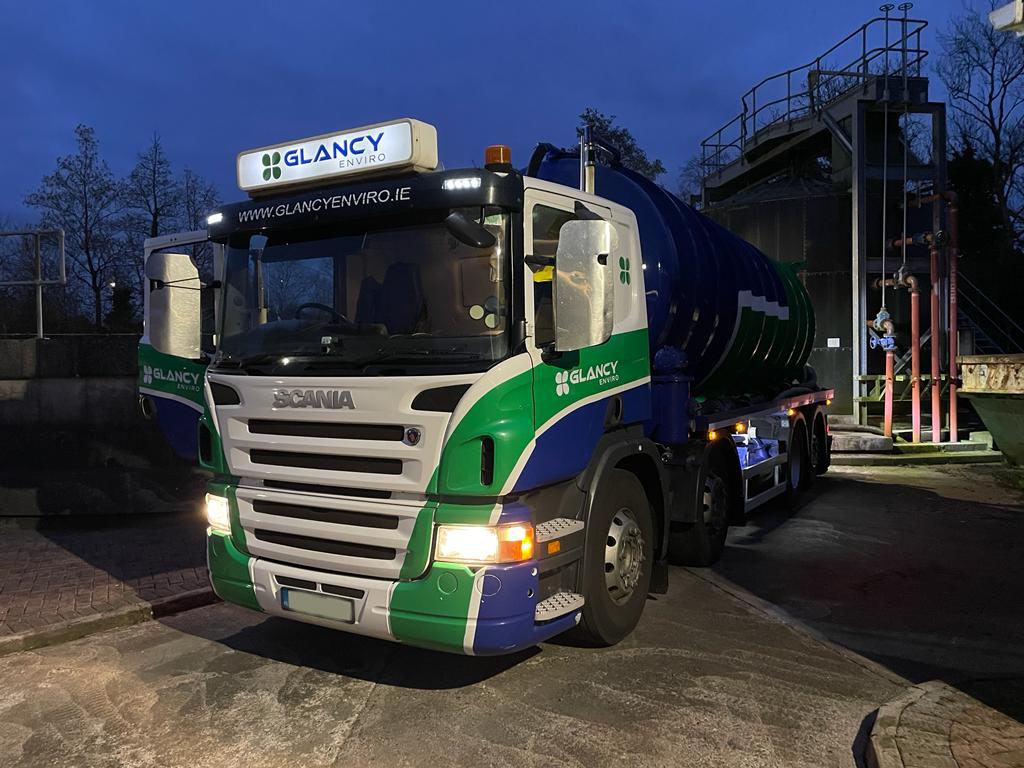The Reclaim Waste Statements
The Reclaim Waste Statements
Blog Article
An Unbiased View of Reclaim Waste
Table of ContentsNot known Incorrect Statements About Reclaim Waste The Only Guide to Reclaim WasteSome Known Questions About Reclaim Waste.Not known Incorrect Statements About Reclaim Waste The Definitive Guide for Reclaim Waste
Residential sewer waste refers to the waste and products from a residential septic container. The appropriate management and disposal of domestic sewage waste need fluid waste to be moved to a sewer therapy plant where the proper techniques and equipment are applied to detoxify and dispose of waste.
Business waste commonly includes possible hazards, such as flammable products or a mixture of fluid and strong waste products, and requires an advanced and thorough disposal process. The disposal of commercial waste generally involves the filtration of waste prior to transport to make certain risk-free and correct disposal. Hazardous waste is created from by-products and runoff of industrial processes and production.
This sort of waste can not use the very same sewer management transport or processes as septic or commercial liquids. The industrial waste monitoring process calls for the inspection and testing of liquid waste prior to it goes through the disposal process (liquid waste disposal). Drainage waste is the fluid waste that originates from overflow and excess stormwater in highly booming areas or cities
Runoff waste can create contamination and flooding if not dealt with correctly. Guaranteeing proper waste monitoring can stop calamities and minimize ecological injury.
9 Simple Techniques For Reclaim Waste
Call PROS Services today to learn more about our waste monitoring and disposal services and the appropriate means to take care of the fluid waste you produce.
(https://www.huntingnet.com/forum/members/reclaimwaste1.html)This so-called 'wastewater' is not only a crucial source however, after treatment, will be launched to our land, rivers or the ocean. Used water from bathrooms, showers, bathrooms, cooking area sinks, laundries and commercial procedures is known as wastewater.

water used to cool down machinery or clean plant and devices). Stormwater, a form of wastewater, is drainage that moves from farming and metropolitan areas such as roofings, parks, gardens, roadways, paths and rain gutters right into stormwater drains pipes, after rainfall. Stormwater flows without treatment straight to regional creeks or rivers, ultimately reaching the sea.
The Of Reclaim Waste
In Queensland, many wastewater is dealt with at sewer treatment plants. Wastewater is moved from residential or commercial websites via a system of drains and pump stations, referred to as sewage reticulation, to a sewage treatment plant. City governments build, keep and run most sewage therapy plants. Operators are licensed under the Environmental Management Act 1994 to discharge treated wastewater at an acceptable ecological standard into rivers.
The Division of Natural Resources encourages neighborhood federal governments regarding handling, operating and keeping sewage systems and treatment plants. In unsewered locations, regional governments may need homeowners to set up individual or house sewer treatment systems to deal with residential wastewater from toilets, cooking areas, shower rooms and laundries. The Division of Natural Resources authorizes the use of home systems when they are proven to be reliable.
In some new neighborhoods, treatment of some stormwater to remove clutter, sand and gravel has begun making use of gross contaminant catches. Wastewater treatment happens in four phases: Gets rid of solid issue.
Wastewater after that flows into huge tanks where solids resolve and are removed as sludge. Grease and residue are skimmed from the surface area. Utilizes small living microorganisms referred to as micro-organisms to damage down and eliminate staying liquified wastes and great particles. Micro-organisms and wastes are incorporated in the sludge. Removes nitrogen and phosphorus nutrients that might trigger algal flowers in our waterways and intimidate aquatic life.
Getting My Reclaim Waste To Work
Nutrient removal is not offered at all sewage therapy plants because it calls for expensive specialized devices. Clear liquid effluent generated after treatment might still consist of disease-causing micro-organisms - liquid waste disposal.

Most wastewater flows into the sewage system. Under the Act, neighborhood governments provide authorizations and permits for ecologically relevant activities (Ages) including wastewater releases that could have a neighborhood effect.
Fascination About Reclaim Waste
Or else, examples are taken for research laboratory evaluation. Usually several tests are required to develop the levels of each of the various toxins such as oils, hefty metals and pesticides in water. Monitoring provides Going Here accurate info concerning water high quality and can verify that permit problems are being fulfilled. The details acquired via surveillance offers the basis for making water high quality choices.
Report this page